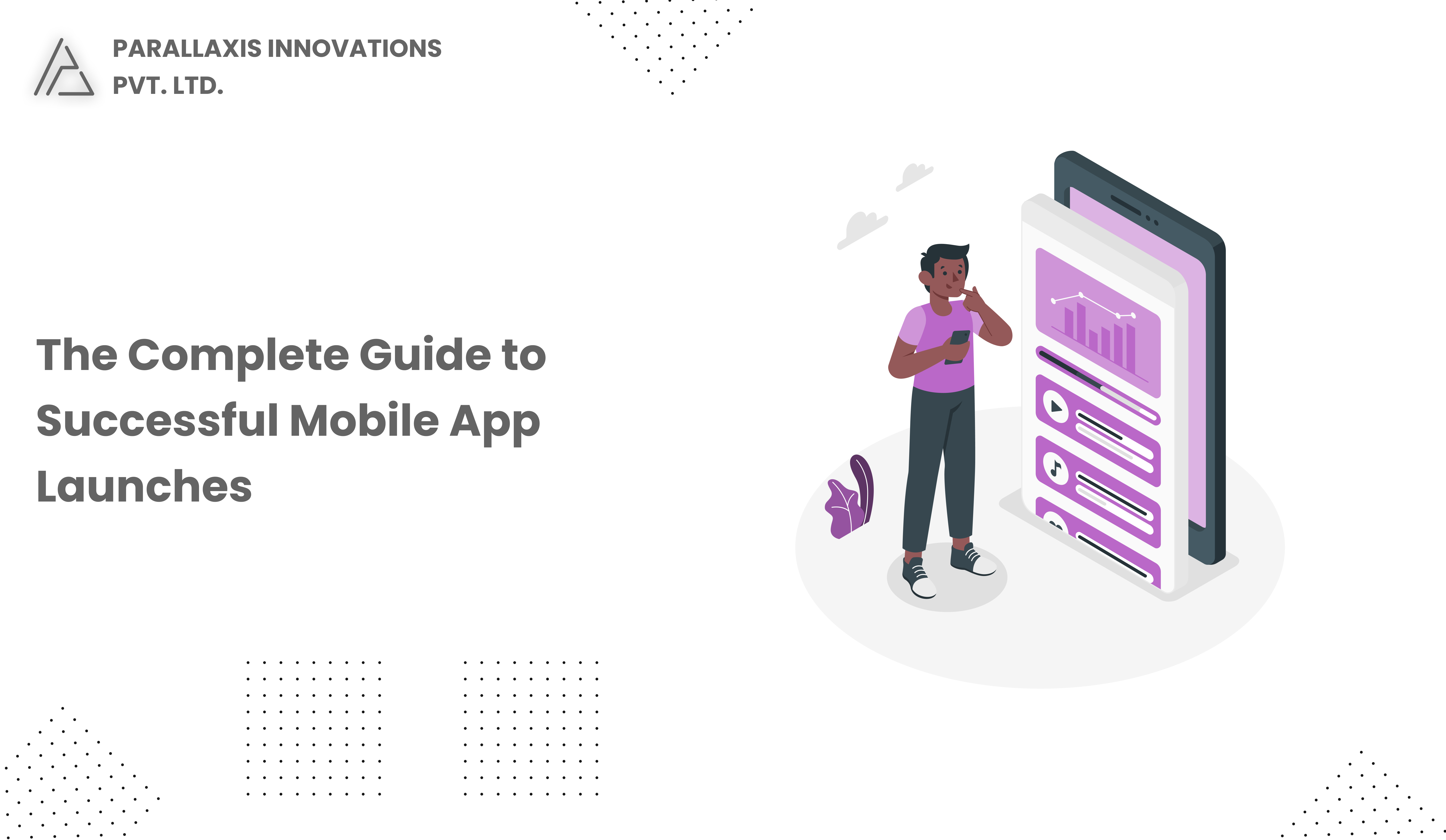Launching a mobile app is more than just submitting it to the App Store or Google Play. A successful app launch is the result of strategic planning, meticulous testing, and a strong post-launch marketing plan. In today’s competitive market, first impressions can make or break your app's success.
Whether you're a startup or an enterprise, this guide walks you through every crucial step to launch your mobile app with impact.
Why Launch Planning Matters
Over 3,700 apps are released on the Play Store every day. Without a strategic launch, even a great app can go unnoticed. A well-planned launch ensures:
- Higher visibility
- Better user retention
- Fewer technical hiccups
- Stronger reviews and downloads
Phase 1: Pre-Launch Preparation
1. Define Your App Goals and KPIs
Clarify what success looks like for your app:
- Downloads in the first 30 days?
- User retention rate after a week?
- Revenue targets?
- Engagement metrics?
This will help measure performance post-launch.
2. Thorough Testing (QA & Beta)
Before launch, ensure your app is:
- Bug-free
- Compatible with multiple devices and OS versions
- Optimized for performance and UX
Use tools like
- Firebase Test Lab
- BrowserStack
- TestFlight (iOS) or Closed Testing (Android)
Beta testing helps gather real-user feedback and catch issues early.
3. Build a Pre-Launch Marketing Strategy
Create anticipation:
- Launch a landing page or teaser website
- Collect emails for updates or early access
- Start building an audience on social media
- Reach out to industry influencers or communities
Phase 2: Technical Launch Checklist
1. App Store Optimization (ASO)
Just like SEO, your app needs visibility.
- Use relevant keywords in the app title and description
- Include high-quality screenshots and promo videos
- Encourage early reviews to build credibility
- Choose the right app category for better discovery
2. Ensure Smooth Deployment
Each platform has different rules and review processes. Make sure you:
- Follow App Store guidelines strictly
- Use release notes to highlight new features
- Enable crash logging & analytics (e.g., Firebase, Sentry)
Phase 3: Launch Day & Promotion
1. Make a Splash on Launch Day
- Email your subscriber list
- Announce on social media and product platforms like Product Hunt
- Publish press releases or blog posts
- Run limited-time offers (e.g., free trials, discounts)
2. Leverage Influencer & Community Outreach
Reach out to:
- App review blogs
- Tech YouTubers or niche influencers
- Online forums like Reddit, Indie Hackers, Hacker News
Phase 4: Post-Launch Optimization
1. Monitor Analytics Closely
Track performance with tools like
- Google Analytics for Firebase
- Mixpanel or Amplitude
- App Store Console & Google Play Console
Monitor:
- Daily Active Users (DAU)
- Crash reports
- Funnel drop-offs
- Retention rates
2. Collect Feedback & Iterate
- Use in-app surveys or pop-ups.
- Read user reviews carefully
- Prioritize fixing bugs and adding requested features
3. Continue Marketing Momentum
- Run paid ad campaigns (Google Ads, Apple Search Ads, Meta)
- Start content marketing (blog posts, tutorials)
- Explore app store feature opportunities
Pro Tips for a Winning Launch
- Soft Launch: Consider launching in a smaller market (e.g., Canada or Australia) to test the waters before a global release.
- Build a Community: Encourage user feedback and create a space (like Discord or Slack) for engaged users.
- Keep Updating: Regular updates boost your app’s visibility and improve user retention.
Final Thoughts
A mobile app launch is a journey, not just an event. From pre-launch testing to post-launch engagement, every phase plays a role in long-term success. By treating your launch like a product of its own, you’ll build a solid foundation for downloads, retention, and revenue.
Ready to Launch Your Mobile App?
Our team can help you with everything from development to launch strategy. Let’s make your app launch a success.
Contact us for a consultation today.



